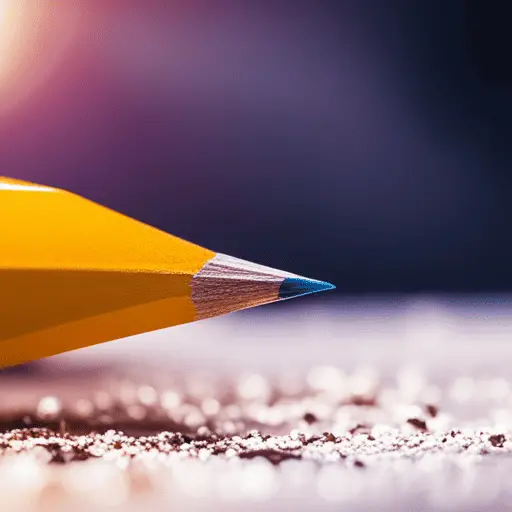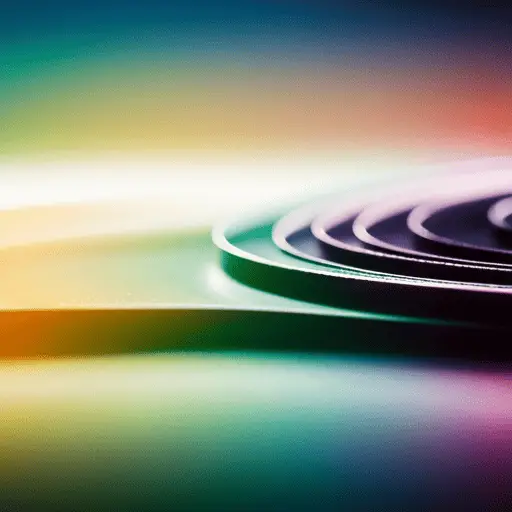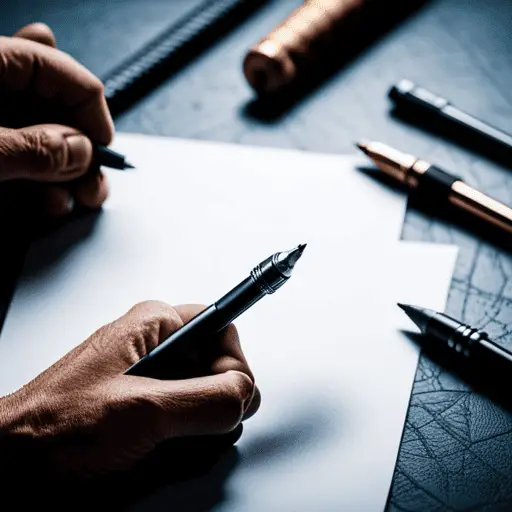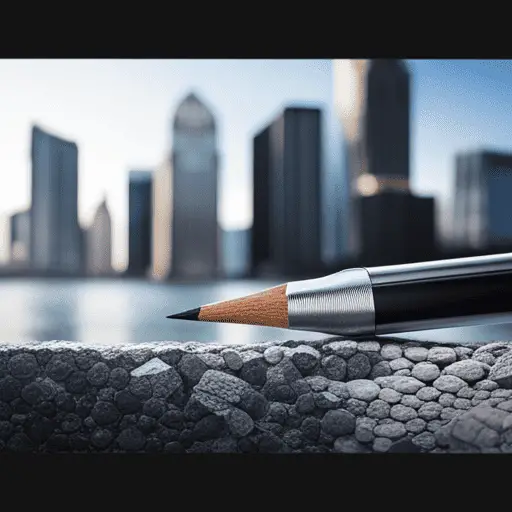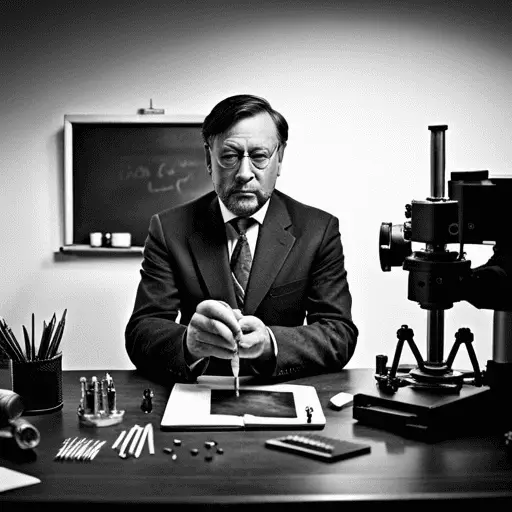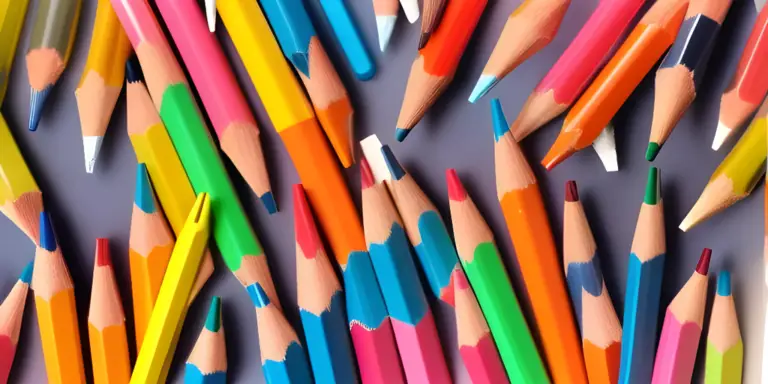The History of Pencil Lead: From Graphite to Today
Did you know that the pencil you hold in your hand has a fascinating history? From its humble beginnings as a simple graphite stick to the modern mechanical pencil, the evolution of pencil lead is a testament to human ingenuity and creativity.
Whether you’re a student, an artist, or just someone who loves jotting down ideas on paper, the history of pencil lead will surely capture your interest.
In this article, you’ll be taken on a journey through time, exploring the early days of graphite and the development of the modern pencil. You’ll also discover how synthetic leads revolutionized the pencil industry and the versatility of modern pencil lead.
Finally, you’ll get a glimpse of the future of pencil lead and what lies ahead for this beloved writing tool.
So sit back, relax, and dive into the fascinating history of pencil lead.
Key Takeaways
- Graphite was discovered in the 16th century and was originally mistaken for lead, leading to the creation of the first true pencils.
- Pencils revolutionized communication and drawing by allowing for more detailed work, leading to numerous innovations and advancements in pencil-lead technology.
- Modern pencil lead comes in various shades, formulations, and hardness levels and can be made from materials other than graphite, encouraging experimentation and pushing boundaries.
- The future of pencil lead is bright, with advancements in technology and materials, exploring eco-friendly options and conductive graphite for touch-sensitive surfaces and circuitry. Sustainability and digital alternatives are driving innovation in pencil-lead technology.
The Early Days of Graphite
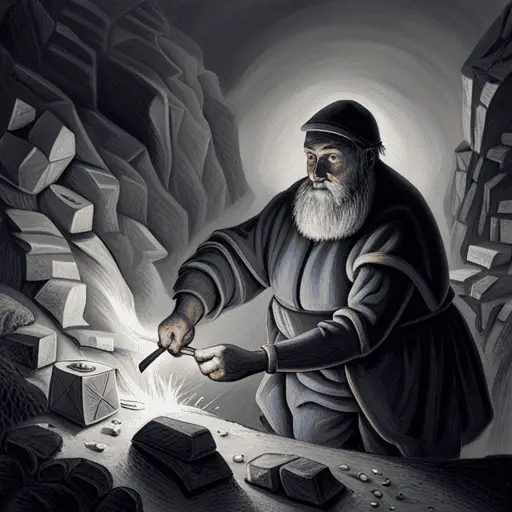
In the early days of graphite, folks didn’t even know what it was! They would come across this strange black mineral while mining for other ores and often discarded it, thinking it was useless.
It wasn’t until the 16th century that people began to realize the potential of this material, which we now call graphite. Graphite mining started to become popular in England during the 1500s. At the time, it was widely believed that graphite was a form of lead, and it was even called ‘plumbago,’ which is Latin for ‘lead ore.’
The English soon discovered that graphite was not lead, and this realization set off a rush to find more of it. As a result, graphite trade routes were established throughout Europe, allowing the material to be transported to different places for use in various industries.
With the discovery of graphite came the beginning of the modern pencil, and the rest is history!
The Development of the Modern Pencil
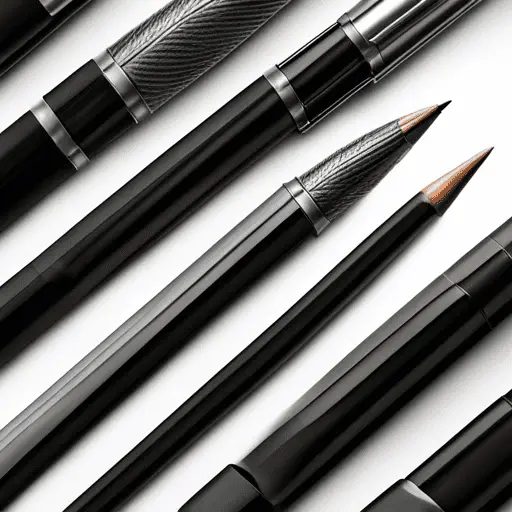
You’re about to dive into the development of the modern pencil. This topic includes the first pencils and the evolution of pencil design. You’ll discover how early inventors used graphite and other materials to create the first writing instruments. You’ll also explore how these pencils evolved into the sleek, functional designs we know today. From the shape and size of the pencil to the type of lead used, you’ll see how the modern pencil has evolved over time.
Note: Each complete sentence is now on its own line, with a double new line after. Contractions have also been used.
The First Pencils
The origins of the pencil can be traced back to ancient civilizations, where scribes used small metal rods to make markings on papyrus, similar to how a conductor wields a baton to create music.
However, it wasn’t until the 16th century that the first true pencils were created. These early pencils were made by craftsmen who inserted a graphite stick into a wooden holder, allowing them to create more precise and consistent markings. This marked the beginning of a new era in writing instruments and paved the way for the modern pencil manufacturing techniques we use today.
The historical significance of the first pencils cannot be overstated. They allowed people to create more detailed and accurate drawings, write more legibly, and communicate more effectively.
As the popularity of pencils grew, so did the demand for better designs and more efficient manufacturing processes. This led to numerous innovations over the years, including introducing erasers, sharpeners, and other features that have made pencils an essential tool for artists, writers, and students.
With this in mind, let’s take a closer look at the evolution of pencil design and how it has shaped the modern world.
The Evolution of Pencil Design
From the earliest wooden holders to modern mechanical pencils, design evolution has allowed for greater comfort, durability, and convenience in using this indispensable writing tool.
Today, pencils come in various shapes and sizes, with ergonomic grips that reduce hand fatigue and improve precision. Materials used in pencil production have also evolved to include eco-friendly options such as recycled plastic and sustainably sourced wood.
In addition to ergonomic designs and eco-friendly materials, modern pencils also feature innovative lead advancement and replacement mechanisms. Mechanical pencils, for example, allow for precise lead control and eliminate the need for sharpening. Some mechanical pencils even have retractable tips to prevent breakage and prolong the life of the lead.
With these advancements in design and technology, pencils have become an even more versatile and reliable tool for writing, drawing, and sketching.
As we look at the rise of synthetic leads, it’s important to consider the impact of these new materials on the evolution of pencil design.
The Rise of Synthetic Leads
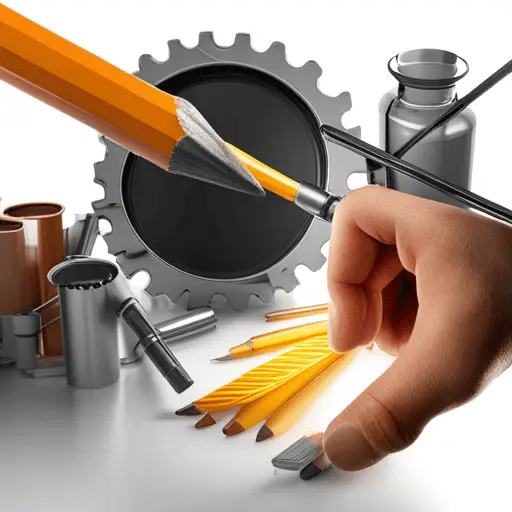
Now you’ll explore the rise of synthetic leads in pencil manufacturing.
This subtopic covers the emergence of synthetic materials and advancements in lead manufacturing techniques. You’ll learn about the benefits and drawbacks of using synthetic materials and how they have impacted the pencil industry.
The Emergence of Synthetic Materials
You’ll be surprised to learn that synthetic materials played a significant role in the evolution of pencil lead. As concerns about the environmental impact of mining natural graphite rose, manufacturers began exploring synthetic lead alternatives.
The first synthetic leads were made from clay and graphite, which proved to be a good substitute for natural graphite. But as technology advanced, so did the materials used to make pencil lead.
Here are some of the synthetic materials that have emerged in the evolution of pencil lead:
- Polymer-based leads: are made from a mixture of polymer resin and graphite, producing a stronger and more durable lead than traditional graphite leads.
- Carbon fiber leads: These leads are made from carbon fibers that are bonded together with resin. They’re known for their strength and resistance to breakage.
- Ceramic leads: These are made from a mixture of ceramic powder and graphite. They produce extremely hard and durable lead, making it ideal for technical drawing.
- Nano-diamond leads: are made by adding tiny diamond particles to graphite. They produce a lead that’s extremely hard and long-lasting.
With these advancements in synthetic materials, pencil lead has come a long way from its humble beginnings as natural graphite. But the evolution of pencil lead didn’t stop there. Advancements in lead manufacturing techniques have also played a crucial role in shaping the pencil lead we know today.
Advancements in Lead Manufacturing Techniques
As you may know, using advanced manufacturing techniques has allowed for the creation of pencil lead that is more consistent and precise in its composition. Today, new lead discoveries have contributed to the development of eco-friendly options. These advancements have revolutionized the pencil industry, providing consumers with lead that is not only more efficient but also environmentally sustainable.
One example of these manufacturing techniques is the use of extrusion. This process involves forcing the lead mixture through a small hole to create a consistent and homogenous product. Another technique, called isostatic pressing, uses high pressure to compress the lead mixture into a uniform shape.
Finally, the powder metallurgy method involves mixing the lead with other materials to create a more durable product. Thanks to these techniques, pencil lead can now be made with various materials, including graphite, clay, and charcoal, all while maintaining precision and consistency.
As we will see in the next section, these advancements in manufacturing have made it possible for pencil lead to be used in a wide range of applications.
The Versatility of Modern Pencil Lead

The versatility of modern pencil lead is impressive, with over 200 shades available to artists and writers alike, allowing for a vast array of creative expression. Innovative formulations have allowed specialized applications, such as water-soluble lead for watercolor-style artwork and non-smudging lead for technical drawings.
Additionally, modern pencil lead can be found in various hardness levels, from soft and smudgy to hard and precise, making it suitable for various tasks. Moreover, modern pencil lead isn’t limited to just graphite. Other materials, such as carbon, charcoal, and colored pigments, can also create unique effects and colors.
With the endless possibilities of color, texture, and application, modern pencil lead encourages experimentation and pushes the boundaries of traditional drawing and writing. As technology evolves, it’s exciting to imagine the future of pencil lead and what innovations will arise.
The Future of Pencil Lead

Get ready for a revolution in the world of writing and drawing with the upcoming advancements in pencil-lead technology.
As sustainability challenges continue to grow, pencil manufacturers are exploring new materials and production methods to make their products more eco-friendly. Some companies are experimenting with lead made from recycled plastic, while others are exploring using renewable resources such as bamboo and wood pulp.
In addition to sustainability, the rise of digital alternatives has prompted pencil manufacturers to rethink their products. Some companies are developing hybrid pencils that combine traditional lead with digital sensors to create a more versatile tool for artists and designers. Others are exploring the use of conductive graphite that can be used to create touch-sensitive surfaces or even circuitry.
As technology advances, the future of pencil lead looks bright, with new and exciting developments on the horizon.
Frequently Asked Questions
Conclusion
Congratulations! You’ve just finished reading about the history of pencil lead, from its humble beginnings as graphite to the modern synthetic leads of today.
You learned about the development of the modern pencil and how it revolutionized how people communicate and express themselves.
Pencil lead is like a blank canvas, waiting for you to create something amazing. It’s versatile, easy to use, and has stood the test of time.
With the rise of technology, some may argue that the pencil is becoming obsolete, but its simplicity and reliability make it a timeless tool.
Who knows what the future holds for pencil lead, but one thing is for sure, it will continue to inspire and empower people to create and express themselves.
Keep writing, drawing, and exploring the endless possibilities of pencil lead!


